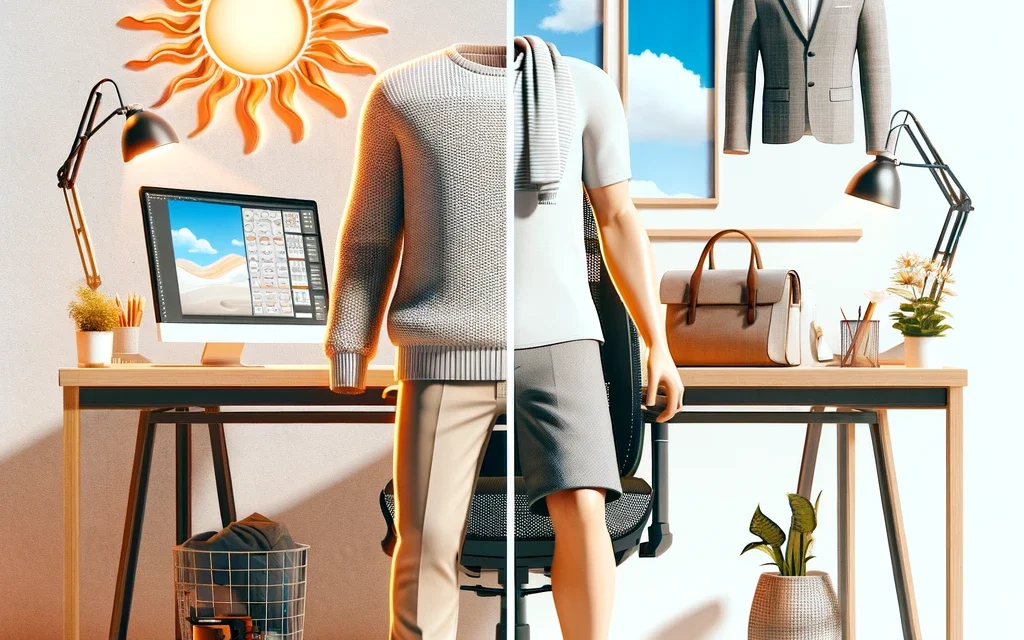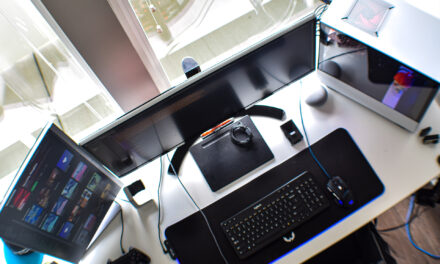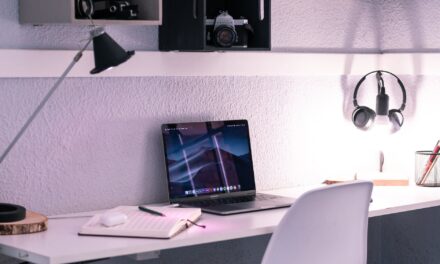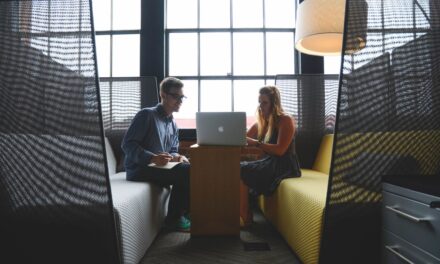In the world of product design, it’s easy to get caught up in making things look good. But the true essence of design lies in solving problems. Aesthetic appeal should be a natural byproduct of functional design, not the sole focus.
Dressed for the Occasion
Imagine two people getting dressed for the day. They both have the same wardrobe options, but their approaches differ.
- Person A: Plans their outfit based on the weather forecast, choosing a light shirt and shorts because it’s going to be hot.
- Person B: Picks a sweater and long jeans simply because they look good, disregarding the weather.
Both individuals might look stylish, but only one considered functionality. As the day progresses, Person B regrets their choice, sweating and feeling uncomfortable because they prioritized aesthetics over practicality.
What Does This Mean for Users
This analogy translates directly into product design. When creating a product, the primary goal should be to address a specific problem or need. A well-designed product inherently looks good because its functionality shines through.
Real-World Example
Consider a popular app like Instagram. Its design is clean and visually appealing, but what makes it truly successful is how it addresses user needs—easy photo sharing, intuitive navigation, and social connectivity. The aesthetic design supports its functionality, not the other way around.
Practical Exercise
Create a Functional Home Workspace
To put this into practice, let’s design a functional home workspace. Follow these steps:
- Identify Your Needs:
- List the tasks you need to accomplish (e.g., computer work, writing, video calls).
- Identify any specific requirements (e.g., ergonomic chair, good lighting, minimal distractions).
- Design for Functionality:
- Choose a desk that fits your space and provides enough surface area for your tasks.
- Select a comfortable, supportive chair to avoid back pain during long hours.
- Ensure you have adequate lighting—preferably natural light or adjustable desk lamps.
- Organize Your Space:
- Arrange your equipment and supplies within easy reach to minimize movement and enhance productivity.
- Use cable management solutions to keep cords organized and out of the way.
- Add Aesthetic Touches:
- Once your functional needs are met, add personal touches like plants, artwork, or color schemes that inspire you.
By focusing on functionality first, you’ll create a workspace that not only looks good but also supports your productivity and well-being. This exercise demonstrates how prioritizing function can naturally lead to an aesthetically pleasing design.
Key Takeaways
- Identify the Problem: Understand the user’s pain points. What issue does your product solve?
- Design for Function: Ensure that every design element serves a purpose. Functionality should drive your decisions.
- Let Aesthetics Follow: A product that solves problems naturally appeals to users. Good design looks good because it works well.
Conclusion
By focusing on solving problems first, you create products that are not only beautiful but also meaningful and impactful. Remember, good design isn’t just about looking good—it’s about making lives better. Prioritize function, and aesthetics will naturally follow. This approach ensures that your design stands the test of time, serving users effectively and looking great while doing so.






